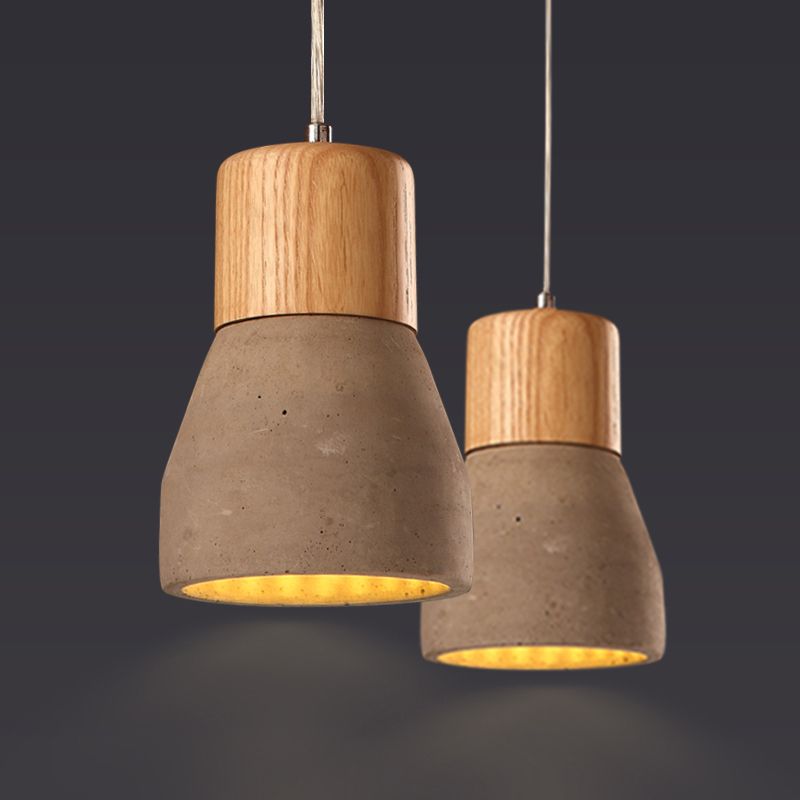Introduction to European Mid-Century Modern Style
European Mid-Century Modern design, originating in the mid-20th century, is a style that has become synonymous with sleek lines, functionality, and a forward-thinking approach to aesthetics. This design movement emerged after World War II, when Europe, particularly Scandinavia and parts of Central Europe, was focused on rebuilding and embracing innovation. The style is characterized by simplicity and minimalism, with an emphasis on clean lines and geometric shapes. The goal was to create functional, yet beautiful spaces and objects that reflected the spirit of the time—optimistic, progressive, and focused on progress.
During the mid-20th century, designers and architects sought to break free from the overly ornate and traditional designs that dominated earlier periods. They focused on integrating natural materials, such as wood, with industrial components like metal and glass. The result was a style that balanced form and function, creating pieces that were not only visually appealing but also practical for everyday use.
Key Features of European Mid-Century Modern Furniture
The furniture from the European Mid-Century Modern period reflects a functional approach to design with an emphasis on minimalism. It was about creating pieces that could serve multiple purposes without unnecessary decoration. Scandinavian design, particularly from Denmark and Sweden, was instrumental in shaping this movement, with designers like Hans Wegner, Arne Jacobsen, and Børge Mogensen gaining international acclaim.
One of the hallmarks of Mid-Century Modern furniture is the use of organic shapes and streamlined forms. Legs were often thin and tapered, giving the furniture a sense of lightness and airiness. Chairs, tables, and cabinets featured clean lines, with functionality taking precedence over excessive ornamentation. Materials like teak, oak, and rosewood were commonly used for furniture, providing warmth and texture to otherwise sleek designs.
The integration of both traditional craftsmanship and innovative production techniques was another defining feature. Designers were keen on using modern materials like molded plywood and plastic alongside more natural elements, creating a contrast that added visual interest. The furniture was often functional, simple, and easy to maintain, while still offering an inviting and stylish aesthetic.
Influence of Scandinavian Design on European Mid-Century Modern
Scandinavian design had a profound influence on the development of European Mid-Century Modern style. The Scandinavian countries, known for their minimalist approach to design, became a breeding ground for new ideas in furniture and interior design. These countries had a rich tradition of craftsmanship, which they blended with modernist principles to create furniture that was both beautiful and functional.
Scandinavian designers placed great importance on creating items that could serve practical needs while contributing to a comfortable, harmonious living environment. They focused on clean lines, simple forms, and functional solutions to everyday problems. This approach to design was a direct response to the post-war need for efficiency and affordability while still embracing aesthetic beauty. Designers like Finn Juhl, Alvar Aalto, and Greta Grossman brought international recognition to Scandinavian Mid-Century Modern design, with their innovative use of materials and commitment to creating timeless pieces.
Scandinavian influences extended beyond furniture to architecture and interiors. Open, airy spaces, large windows, and neutral color palettes became characteristic features of homes designed during this period. The Scandinavian influence helped establish a sense of calm and simplicity that has continued to inspire designers for decades.
Enduring Popularity and Legacy of European Mid-Century Modern Design
The lasting appeal of European Mid-Century Modern design lies in its timelessness and its ability to blend seamlessly into both contemporary and vintage-inspired interiors. Even today, this style remains a favorite for interior designers and homeowners who appreciate the aesthetic values it embodies. The minimalist approach and focus on functionality continue to be relevant in an era that values simplicity and sustainability.
Many of the iconic pieces from this period have become collectible items, with vintage pieces often fetching high prices at auctions. The craftsmanship and quality of materials used during the Mid-Century Modern era are a testament to the enduring appeal of this design style. Furthermore, its influence can be seen in modern design, with elements like clean lines, natural materials, and a focus on functionality being incorporated into current trends.
Today, European Mid-Century Modern style can be found not only in furniture and home interiors but also in architecture, graphic design, and even technology. The movement’s principles have transcended its original time period, influencing countless designers and artists around the world. As a result, European Mid-Century Modern design continues to inspire and captivate those who appreciate its timeless elegance.
Conclusion: The Lasting Influence of European Mid-Century Modern Design
European Mid-Century Modern design remains a symbol of simplicity, elegance, and innovation. Its clean lines, functional form, and integration of natural materials make it a style that transcends time and trends. The influence of Scandinavian designers and their commitment to creating practical yet beautiful furniture helped shape a movement that remains relevant today.
As we continue to embrace sustainable and minimalist lifestyles, the principles of European Mid-Century Modern design offer a perfect solution for creating spaces that are both beautiful and functional. Whether through iconic furniture pieces or architectural influences, this design style continues to inspire and define the way we approach design in the 21st century.european mid century modern



